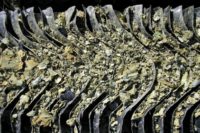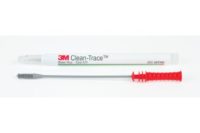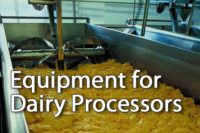Dairy plants use water for cleaning and can create water as a by-product from various concentration processes. Using water ‘polishing’ techniques from GEA Filtration it is possible to recycle the process water for cleaning purposes, or even to return it to the process, creating a plant self-sufficient in water and saving valuable natural resources, as well as reducing the load on effluent treatment.
For a modern dairy to meet its environmental obligations, waste water recovery is essential. Fresh water is used during the first cleaning flush. The sweet ‘white water’ from this cleaning process is collected and treated using Reverse Osmosis (RO) allowing the solids recovered to be returned to the process (for example, to increase the solids content in yoghurt milk).The remaining water is a valuable commodity too. After combining it with the condensates from evaporators, using RO/NF permeates it is possible to purify the water, using RO in a process known as ‘polishing’. Polishing removes impurities so that the water can be re-used for cleaning. With further treatment it is even possible to polish the water sufficiently for it to be used for processing, making the whole plant self-sufficient in water.
Ulrik Lund Jakobsen, Director of GEA Filtration in Skanderborg, Denmark, explained that the economic benefits can be quickly realised in all dairy plants but in some regions of the world, where water is scarce, it might be the only option. “We have built a number of plants in Saudi Arabia and other parts of the world where water is difficult to find. This technology can often be a critical factor when locating dairy plants in very dry environments.”
Where water supply is not a problem, using RO technology for product recovery reduces the Chemical Oxygen Demand level in water discharged to water courses thereby significantly reducing the emission taxes paid to local authorities.
GEA Filtration
www.geafiltration.com
Get our new eMagazine delivered to your inbox every month.
Stay in the know on the latest dairy industry trends.
SUBSCRIBE TODAYCopyright ©2024. All Rights Reserved BNP Media.
Design, CMS, Hosting & Web Development :: ePublishing


